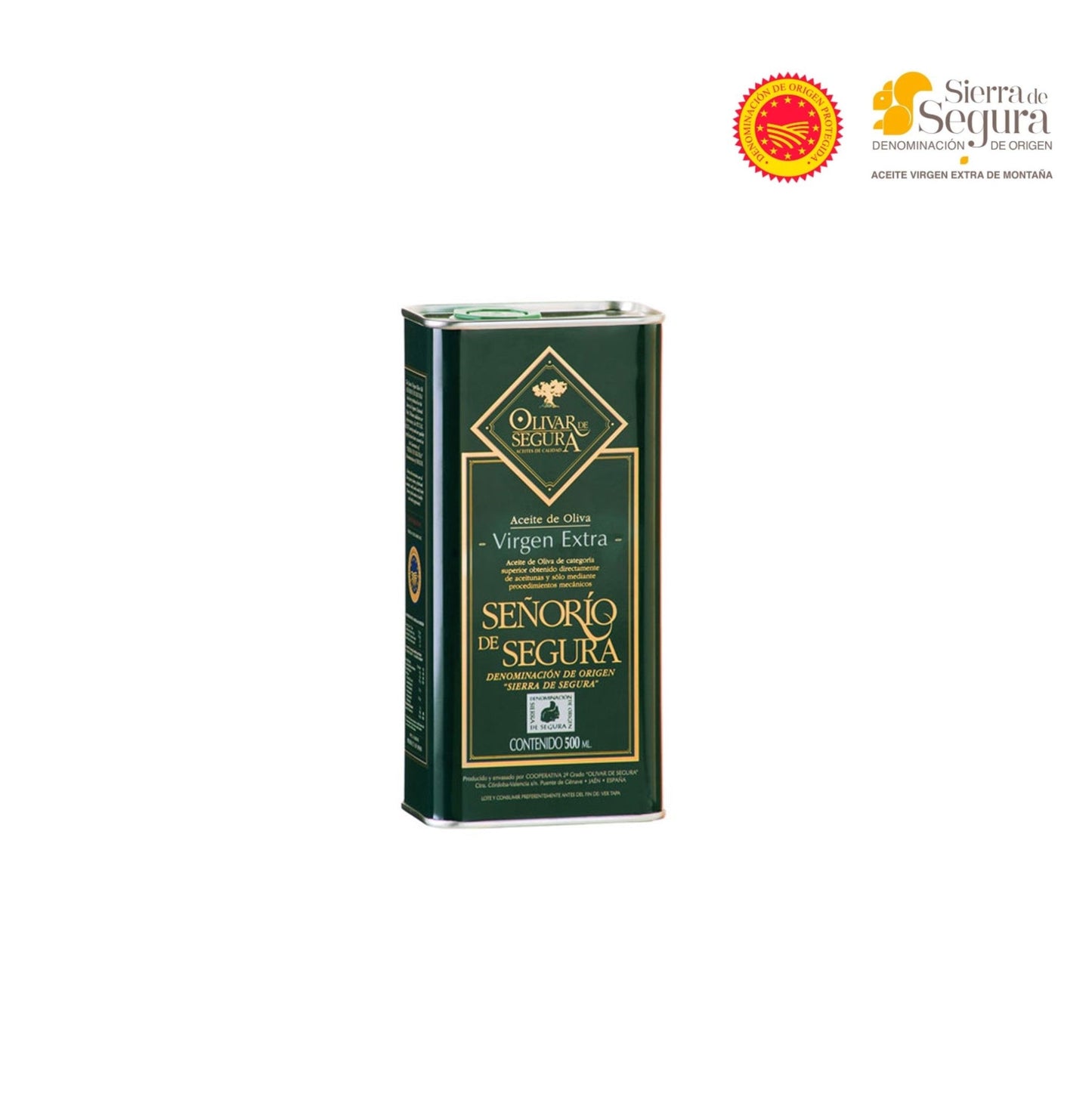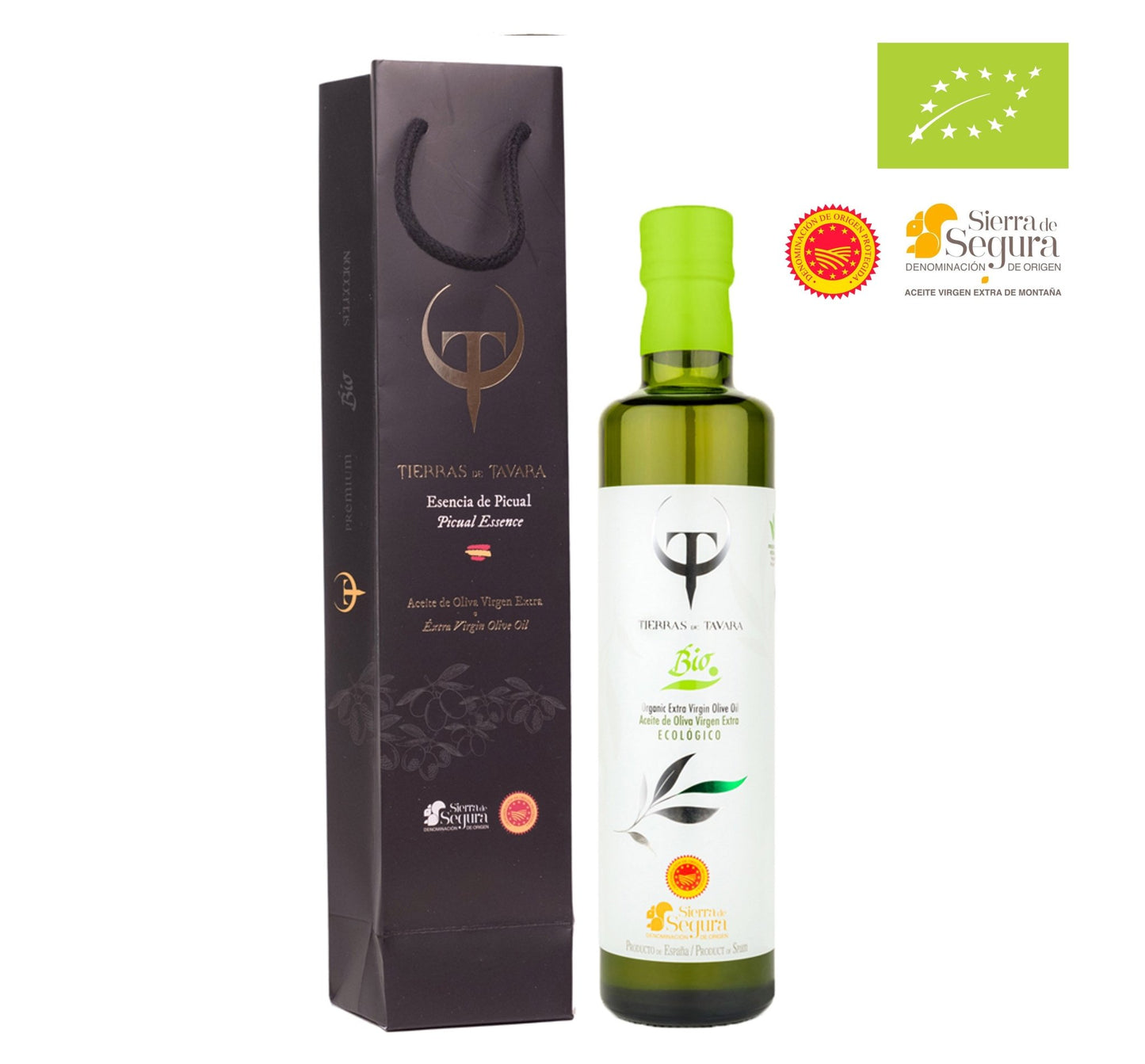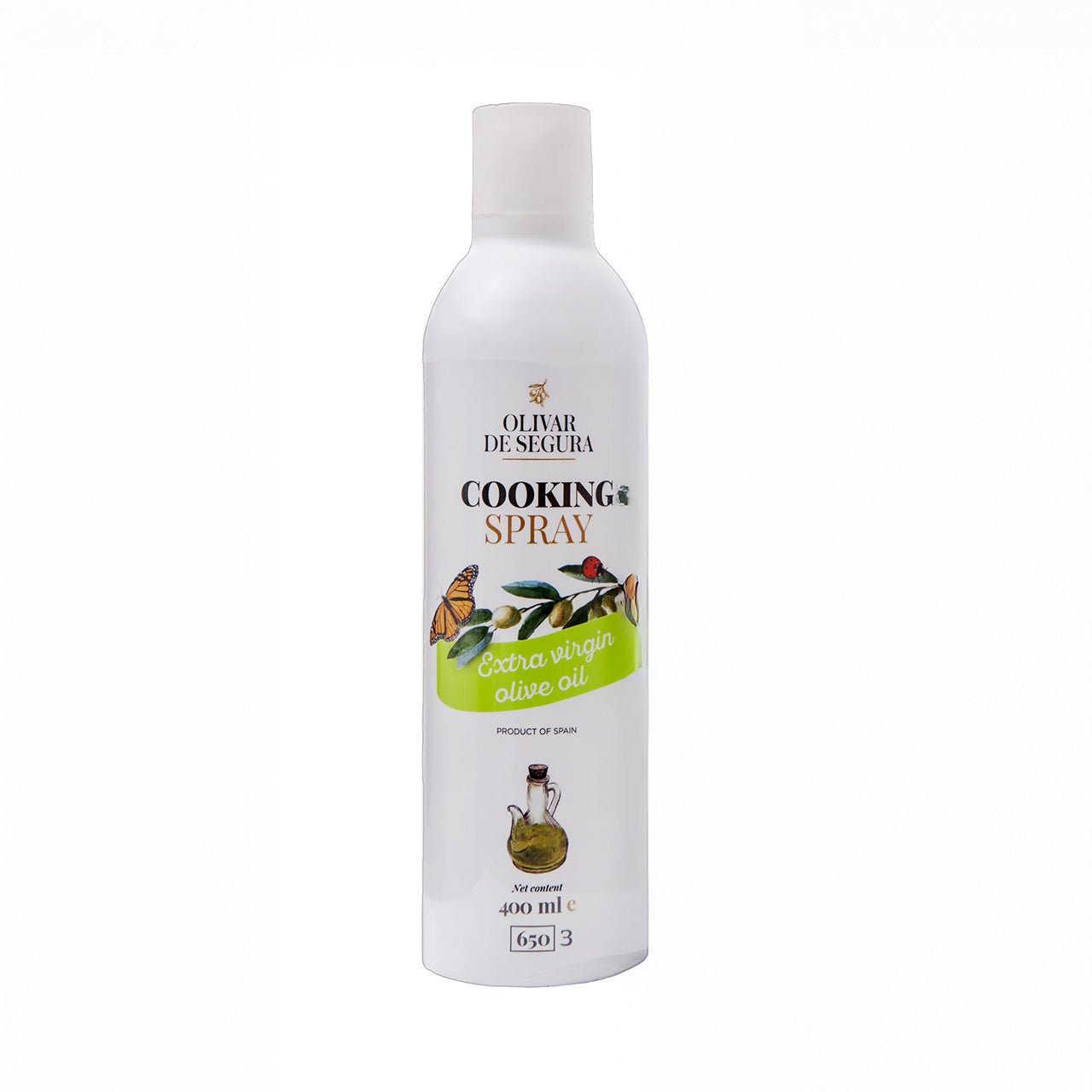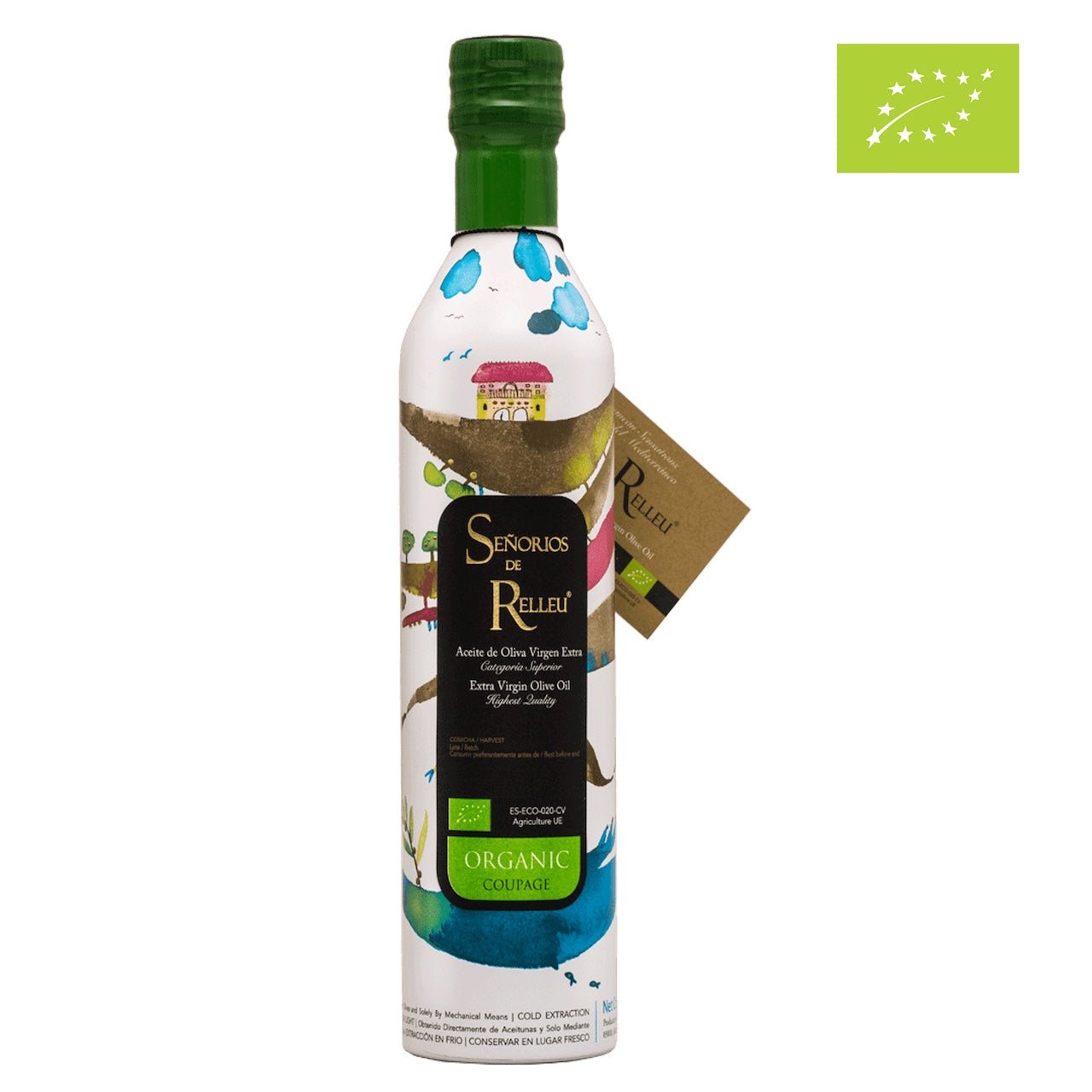
Olive oil, one of the most beloved and versatile oils in the kitchen. Extra virgin olive oil has an impressive array of flavors, aromas and health benefits. Not all olive oils are the same and various types of olive oil are offered in the supermarket.
I would therefore like to give you a few tips to recognize good quality extra virgin olive oil when you buy olive oil.
1. Age and Harvest Date of the Olive Oil
Unfortunately, olive oil is not the same as a good wine: it does not get better with time. The freshness of the olive oil is key to the best taste and nutritional value. Therefore, look for a harvest date on the bottle, preferably within the last 18 months.This date provides insight into when the olives were picked, giving you an impression of the freshness of the product.
2. Sensitivity to light and oxygen
The biggest enemies of olive oil are light and oxygen, which quickly deteriorate its quality. When choosing a bottle, pay attention to the packaging. The best choice is a dark glass bottle, tin containers or other opaque packaging such as aluminum bottles. Make sure the bottle has a tight seal to minimize exposure to air. After opening, store the oil in a cool, dark place and make sure it is tightly sealed to limit exposure to oxygen.
3. Not all olive oils are the same
Olive oil comes in different flavors, qualities and nutritional values. The label tells a lot about what is in the bottle. Look for the term "Extra Virgin" as this is crucial for the highest quality. Extra Virgin Olive Oil undergoes an extraction process without the use of heat or chemicals, using only mechanical means. It meets strict international standards, evaluated both chemically and by human jury inspection.
4. Look for third-party certifications
Look for seals from reputable organizations such as "Protected Denominacion de Origin" (DO, DOP) certifying traditional production methods in the specified region. Organic certifications also say a lot.
5. Origin of the olive oil
The origin of olive oil plays an important role in the quality of the olive oil. Olive oil with details about the place or region of origin is often of higher quality. Single origin oils, sourced from one location, are generally better than blends from multiple regions.
Pay attention to the label and avoid terms like "Product of," which may refer to the bottling location rather than the growing area. Look for country of origin abbreviations on the bottle, such as IT for Italy, GR for Greece, ES for Spain.
6. Be careful with terms used on the bottle of olive oil
Certain terms on labels, such as "pure," "mild" and "light" are not regulated and often mean that the olive oil has been refined. While not always a bad thing, these terms provide little information about the quality of the oil.
In contrast, the term "Extra Virgin" is regulated and a reliable indicator of quality.
7. Read the label of the bottle of olive oil
The more information on the label, the better. Look for things like free fatty acid content. Lower is better. Extra virgin olive oil should have less than 0.8%. Details about the olive variety and the location of the farm provide insight into the authenticity and quality of the product.
These were the most important tips to keep in mind when choosing a bottle of olive oil that will make a delicious and healthy addition to your culinary adventures.
On the product pages of Casa Gomez olive oil I explain how all the above tips are guaranteed in the olive oil that I sell and of course all tips are also adhered to so that I can offer the highest quality olive oil.










